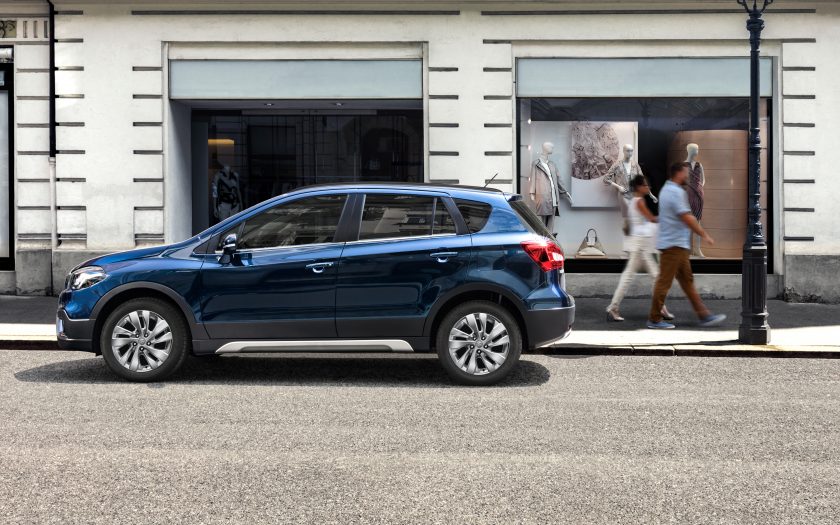I am 66 years old working female, single and due to ill health I was unable to drive therefore I sold my car that wasn’t being used. My main reason to contact you is that I am leaning towards demo models of medium sized SUV and have under 30K available to spend but my daughter is trying to convince me that I am better off purchasing a second hand vehicle for about 15K and under so I have money to travel. What I am looking for is: small/medium, automatic, cruise control, reversing camera, sat nav (if possible). Mary, Vic
Hi Mary. As you noted, seniordriveraus has suggested that now is a great time to be buying. As well as the COVID-19 issue which has caused new car sales to plummet, we are also approaching the end of the financial year. Dealers are desperate to kick start sales and that means great offers. But as usual, there are pitfalls for the unwary.
Your “under $30k” budget gives you a wide selection in the small to medium SUV category (we’ll look at used cars around $15,000 in a moment).
You didn’t mention whether you needed an all-wheel drive vehicle, so we’re assuming two-wheel drive will suit your needs.
Our initial run through identified 15 candidates in the small/medium class, and another ten slightly larger SUVs, all within (or very close to) your $30,000 budget. Because it’s close to the end of the financial year and dealers are keen, vehicles listed at up to $35,000 may be available for under $30,000. Of course, on road costs will add to the list prices, so keep that in mind. Even if you can’t negotiate a significant discount, you should be able to bargain for options and other packages to be included in the purchase price. As for demonstrator models, as always, that will depend on what dealers are holding. In any case, there are lots of options open to you.
So, let’s get down to specifics.
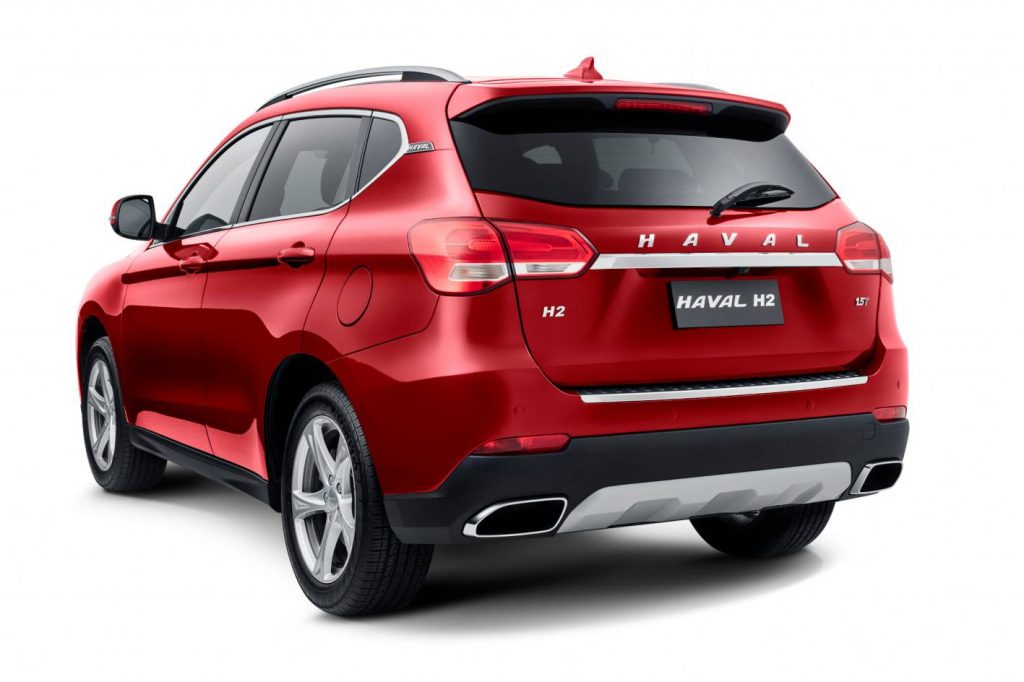
Haval H2
Chinese manufacturer Haval is a relative newcomer to the market. The H2 is their compact SUV. Prices start from $22,990 and that includes on-road costs (the higher-spec Lux is $25,990). The H2 is well-equipped but misses out on things we would consider essential: a reversing camera was added for the 2020 model update, as was Apple CarPlay (but not Android Auto) and autonomous emergency braking still isn’t available. When we last checked, sat nav isn’t included, (sat nav was discontinued due to “lack of buyer interest”). Other issues worth considering with the Haval are resale value (it hasn’t been around long enough to build a track record) and the need to fuel it with premium 95 RON fuel (and it’s stated 9L/100km fuel consumption isn’t great in this class either). On the other hand, its seven-year warranty provides useful peace of mind. The larger Haval H6 might also squeak into your budget, since it’s listed a smidgen under $30,000.
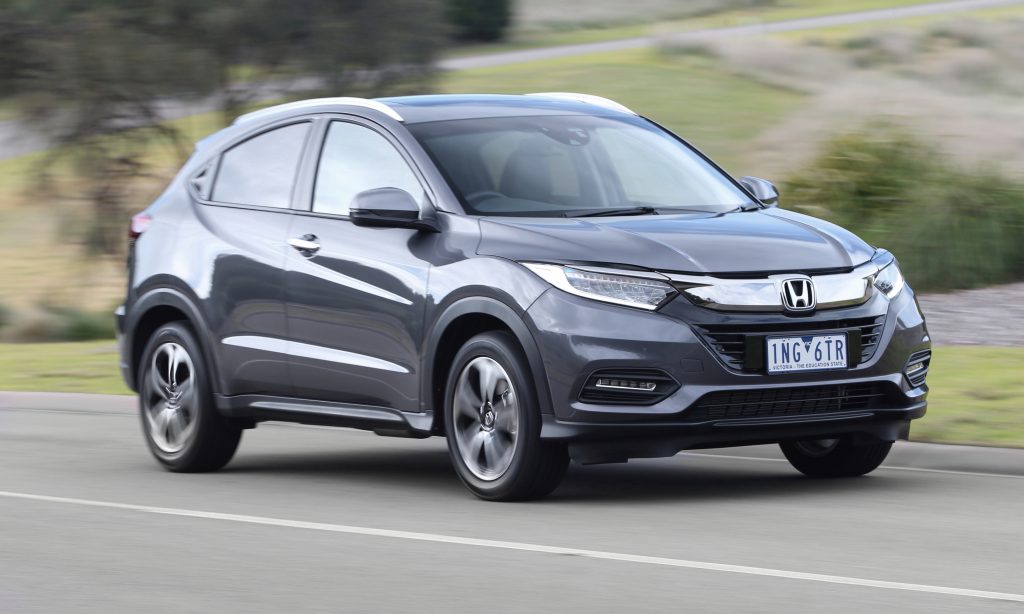
Honda HR-V
Honda has long been popular with buyers “of a certain age” … in other words, over-50s. There are plans to reduce the number of models in their range and severely cut back on dealers, but the HR-V is one of the models that will probably survive. Prices range from $25,490 to more than $35,000 but plenty within your budget (anything other than white adds $600 to the price). The HR-V gets autonomous emergency braking as standard and good luggage space. It’s a conservative design (especially inside) and the ergonomics could be better. The $1000 ADAS safety pack is well worth considering (or bargain to have it included in the price). Next model up in the Honda range is the CR-V which, once again, sits at the top end of your budget, but a demonstrator may bring it in under.
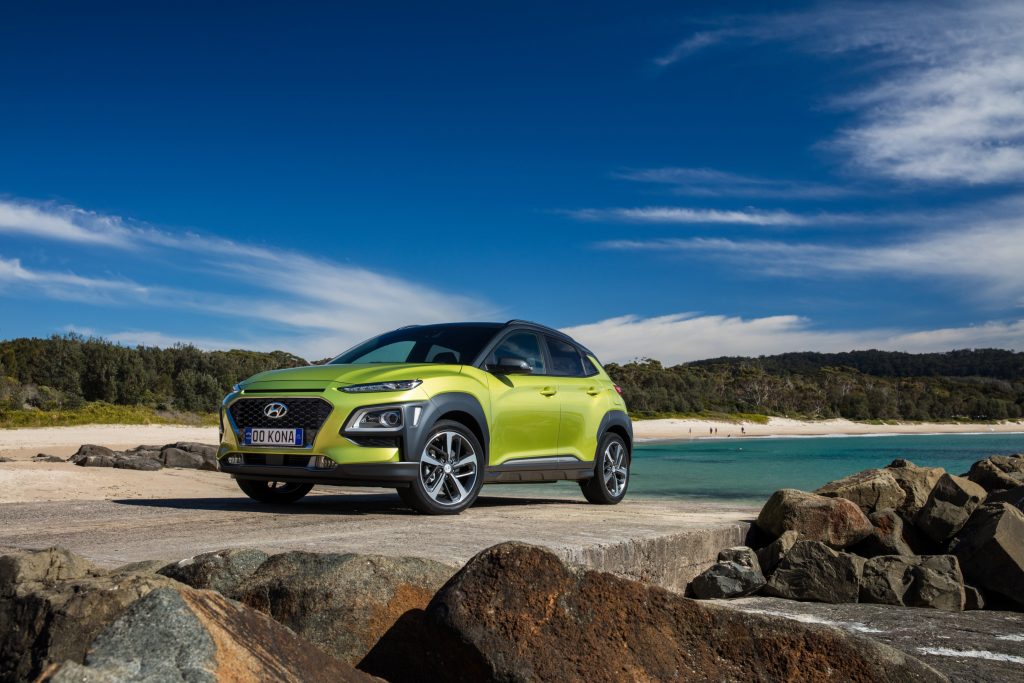
Hyundai Kona
The Kona is a good example of just how far the Koreans have come. It gets a 5-year warranty and like most vehicles in this group (we’ve pointed out those that are less frugal) gets better than 7L/100km. Prices range from $24,300 to just over $30,000. We’d spend a few more dollars and specify the Active Safety Pack that adds adaptive cruise control, blind spot monitoring and rear cross traffic alert. Coming in under the Kona is the smaller Venue that may be a good size for you and with prices between $19,990 and $25,990, which falls well inside your budget, even with on road costs. It is slightly underpowered so the fuel consumption is a little high, but it does get AEB and rides well. The Hyundai Tucson is slightly larger again and with a little haggling may fall within your budget.
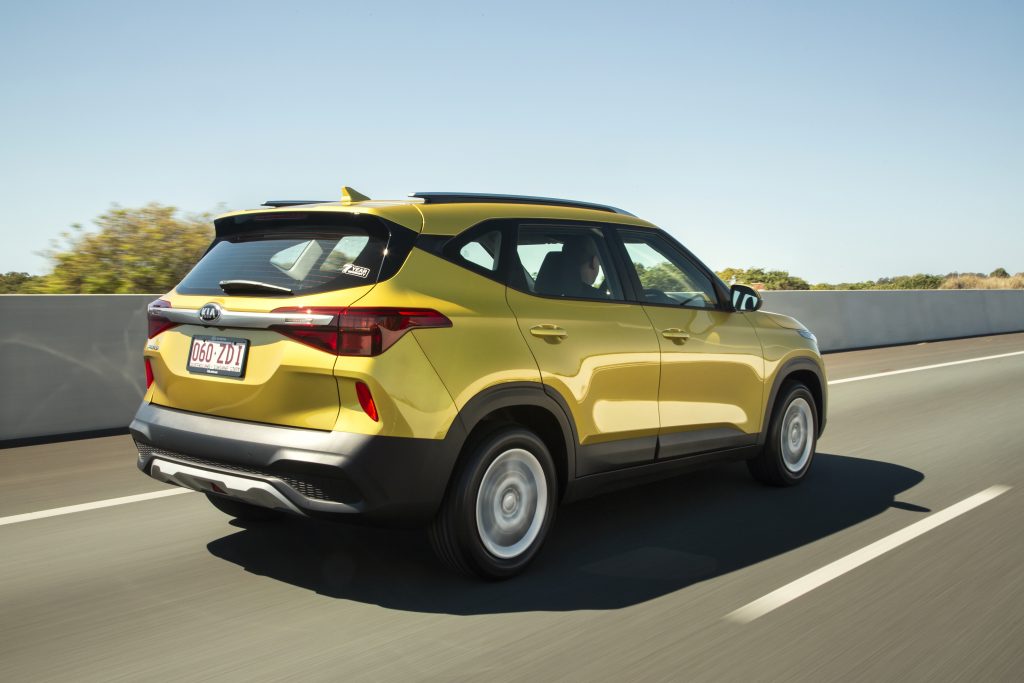
Kia Seltos
We think Kia should be on every shopping list, if for no other reason than you know precisely what your costs are going to be for the next seven years (and with a seven-year warranty, if you sell before then, it has higher appeal to any potential buyers). The Seltos is slightly larger than the Hyundai Kona and prices range from $25,690 to $32,190. The Seltos has a good interior layout, good seats and plenty of luggage space. Once again, we’d recommend paying extra for the Safety Pack that adds adaptive cruise control, rear disc brakes, auto raise and lower driver’s window and a few other goodies. The Kia Sportage is one size larger than the Seltos and also falls within your budget (just!)
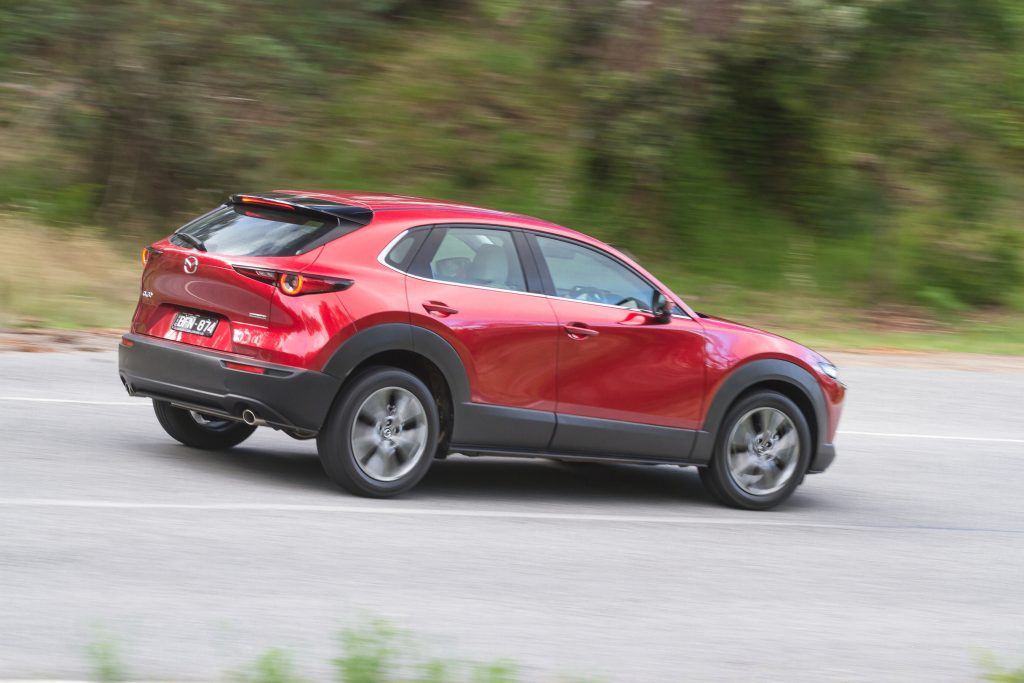
Mazda CX-30
The Mazda CX-30 is another relative newcomer to the category with looks you either love or hate. It’s at the top end of your budget ($29,990 for the Pure, $31,490 for the better-equipped Evolve). It’s a bit tight on interior space, especially in the back seat and luggage compartment but does feel slightly more upmarket than some others in the class. A bonus is the inclusion of AEB, head-up display, adaptive cruise control, blind spot monitoring, lane departure warning, lane keep assistance and LED headlights. Fuel consumption is typical for the class at 6.5L/100km.
MG ZS
We don’t know much about the MG ZS except that it appears to be selling strongly. MG is now owned and built by Chinese conglomerate SAIC. Sat nav is only fitted to the top-end models, but your budget gives you the pick of the range. Prices start from $23,490 and rise to $27,490 and at last check, these include on road costs (driveaway). However, the MG only scores four stars in ANCAP testing, doesn’t get autonomous emergency braking and there’s no capped price servicing option (although MG claims servicing will only cost $426 per year). Fuel consumption is quoted at 7.0L/100km. We’d recommend the 1.0-litre turbo engine over the non-turbocharged 1.5-litre unit (it has less power but more torque and gets a six-speed auto rather than a four-speed). The larger HS model may also just squeak into your budget.
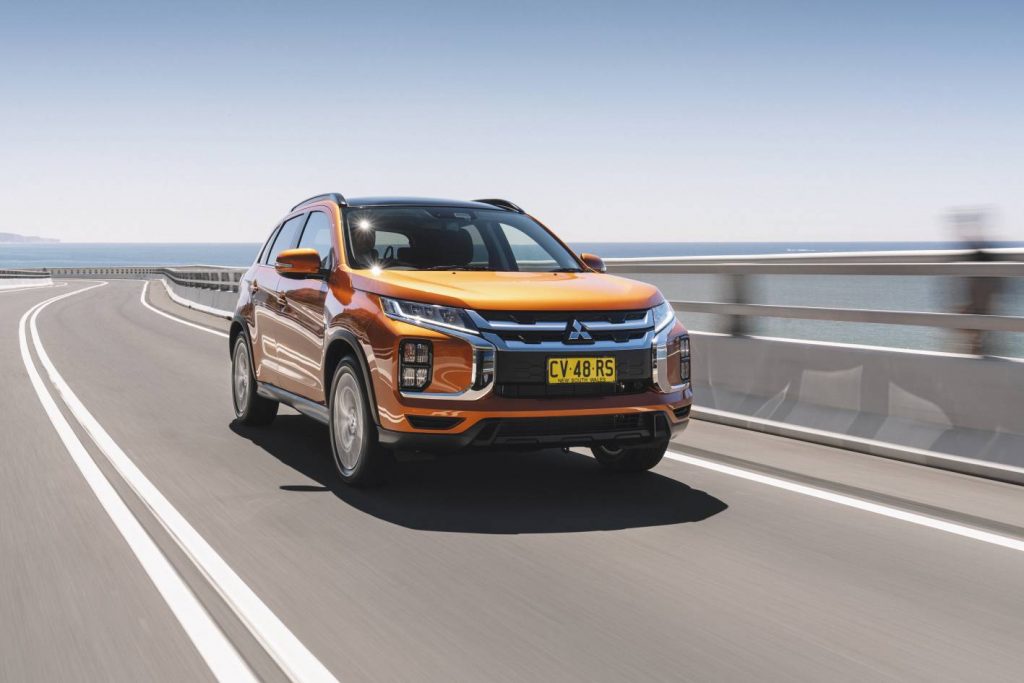
Mitsubishi ASX
Mitsubishi’s ASX has been around seemingly forever, but regular updates keep it fresh and selling strongly. Sat nav isn’t standard in the base model LS but your budget easily accommodates the higher-spec models. Prices are from $23,990 to $33,240. The pick of the bunch might be the ES model with the optional ADAS Safety Pack, still coming in under $30,000. Fuel consumption is 7.3L/100km and the ASX is covered by a five-year warranty. Services are required every 15,000km and are capped at $199 each.
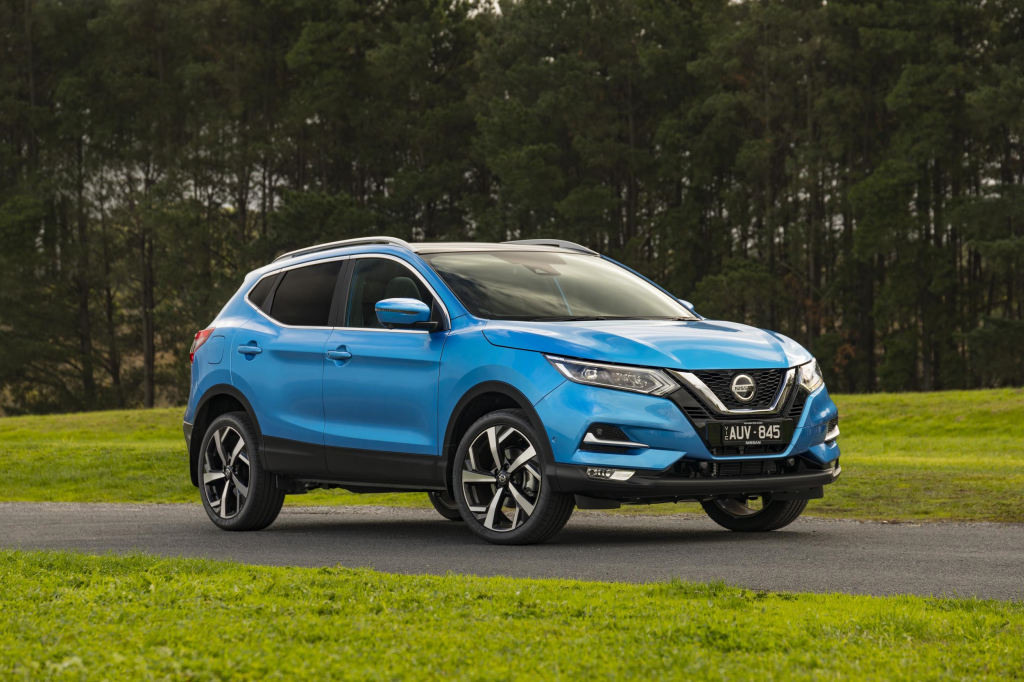
Nissan Qashqai
The Qashqai is another SUV that’s been around for a long time. Under normal circumstances, only the entry-level ST would be within your budget, but these aren’t normal times so you might squeeze a deal on the better-equipped ST+. The base model actually rides better than the higher-spec model, although both exhibit some road noise. Rear leg room and cargo space are better than average. It gets all the usual safety gear (AEB, reversing camera, lane assist, forward collision warning) but only the top-of-the-range gets adaptive cruise, blind spot warning, rear cross traffic alert and lane assist. Nissan resisted longer warranties but finally came around and now offers five-year unlimited km cover, plus five-year roadside assist.
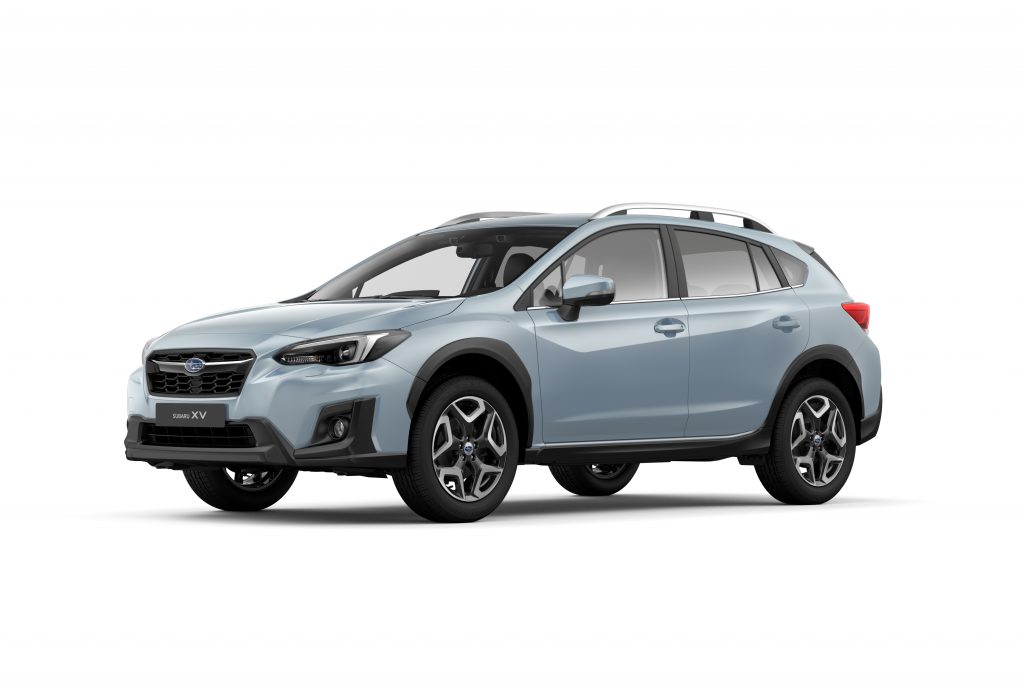
Subaru XV
Subaru buyers are incredibly loyal, which says much about the quality and reliability. The XV just sneaks into your budget (although you may be able to do some bargaining) but it does come with all-wheel drive. Unfortunately, the entry level car misses out on some of the more advanced safety equipment. The interior is well-designed and has a quality feel. Even if you don’t intend going off-road, permanent all-wheel drive is useful on wet or snowy roads.
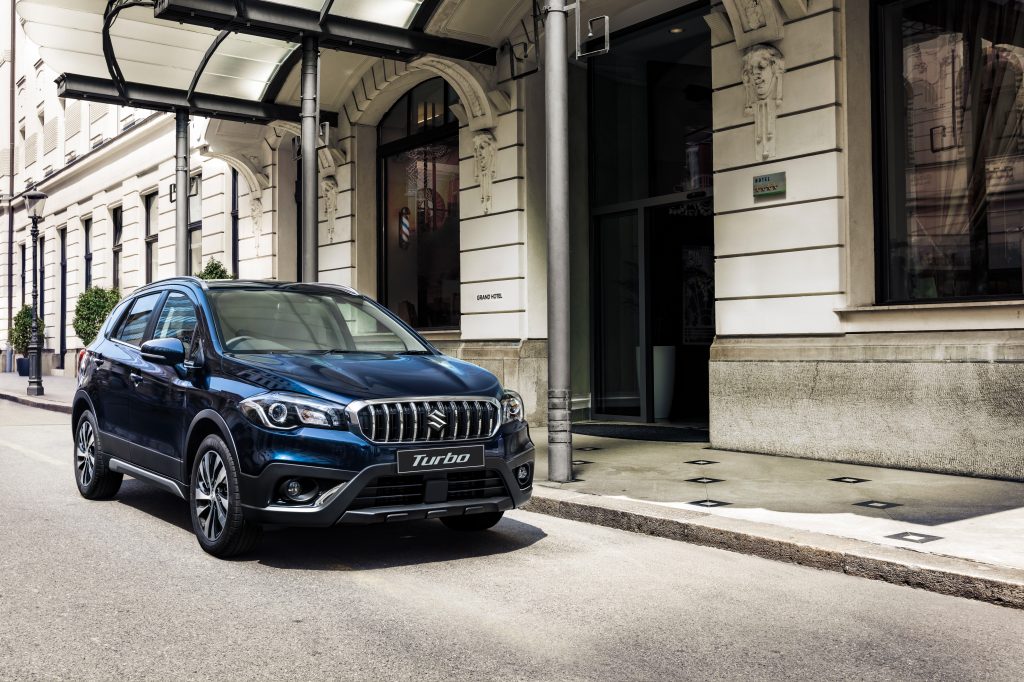
Suzuki S-Cross
The S-Cross used to be called the SX-4 and there are two models in the range, the entry level Turbo at $27,990 and the top-of-the-range Turbo Prestige listed at $29,990. Both models use the same 1.4-litre engine. Fuel consumption is a miserly 5.9L/100km. The base model is well-equipped and the Prestige adds rear parking sensors, auto LED headlights and leather seats, plus a few other bits and pieces. It’s rated at five ANCAP stars but was tested in 2013, so wouldn’t score as highly if tested today (no AEB, no pedestrian and cyclist detection, no blind spot monitoring, no rear cross traffic alert). Warranty is five years and there’s capped price servicing. Premium paint will add $695 to the price
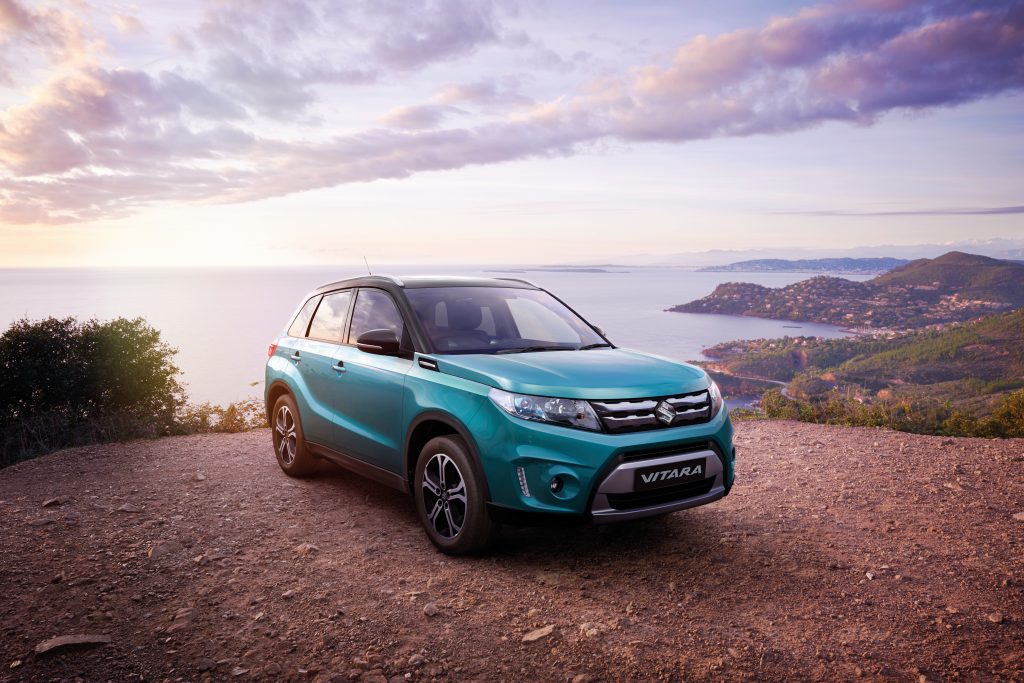
Suzuki Vitara
Another Suzuki worth considering is the Vitara. It offers a choice of two engines: the base spec car gets a 1.6-litre non-turbocharged engine (6.2L/100km) while higher grades get a 1.4-litre turbocharged engine (5.9L/100km). We’d have to advise against the base-spec model because AEB isn’t available, even as an option (the Vitara gets five ANCAP stars, but we doubt the base model would score so many if retested). Reversing camera and sat nav are standard. Warranty is the almost universal five-years, unlimited km. If you do choose the base model, allow another $2000 for auto transmission (making it $24,490). Any colour other than white will add around $500 and two-tone paintwork is $1250.
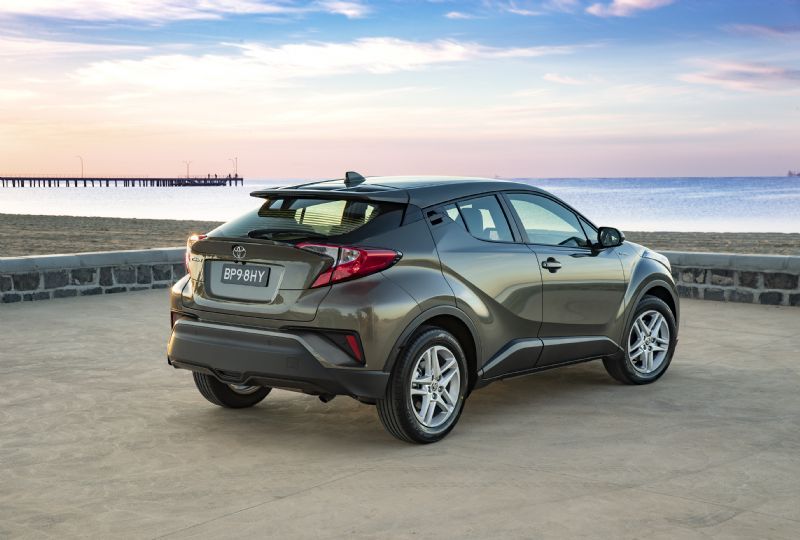
Toyota C-HR
Here’s another one that current circumstances mean you should be able to bargain down to your budget, even though the list price ranges from $29,540 to almost $34,000. Vision out from the rear seats isn’t great, thanks to the rising window line. Also, check that you can easily reach the external rear door handles. Vision is helped with reversing camera (you’ll need it!), front and rear sensors and rear cross-traffic alert. If you opt for the turbo model, you’ll need to use premium fuel. Adaptive cruise control is standard on all models, as is AEB, lane keep assist and blind spot monitoring. The 1.8-litre Hybrid gets 4.3L/100km while the 1.2-litre turbo (the only C-HR in your price range) consumes 6.4L/100km. Boxier SUVs are more practical for luggage space. Summing up, the C-HR feels more expensive than it is.
That little list should keep you amused for days. We’d recommend checking out various models online and deciding which ones you like the look of. Then take yourself off to a few dealers and test drive each of your shortlisted cars.
Which ones you prefer will be very much a personal opinion. For ourselves, we’d put the Honda CR-V, Hyundai Kona, Kia Seltos and Mitsubishi ASX high on the list, but it’s unlikely you’ll be disappointed with any of the cars we’ve selected. And your priorities may vary from ours.
We like your comment that you aren’t predisposed towards any make or model, so you will be able to assess them impartially.
IS BUYING USED A BETTER OPTION?
Now we come to the second part of your enquiry: Would you be better off spending around $15,000 on a used model.
Let’s look at what you’d get for $15,000 buying one of the cars from our list.
For around $15,000, you’ll be looking at a six-year-old base model Mitsubishi ASX LS. We did a quick check and all had more than 1000,000km on the odometer (some considerably more than 100,000km).
Second-hand Honda HR-Vs are slightly more expensive (closer to $16,000 than $15,000) and all we could find were entry-level cars from 2015 (so more than five years old). We found one with an odometer reading of 74,000, but the others were once again more than 100,000km.
As for second-hand Subaru XVs, owner loyalty keeps prices high. For around $15,000, all we could find were 2012 models (so getting close to ten years old) with 146,000km or even 180,000km up, and some 2014 models with even higher mileages.
The good news is that almost all cars on offer have service records, but any car with more than 100,000km and a history that you can’t be sure of, is likely to need some attention, quite possibly serious and expensive attention. New cars all have brand new tyres, batteries, upholstery, brakes, instruments, hoses and engines. And in six years, cars in this category can get quite tatty.
Another consideration is that these five-year, six-year and older cars miss many of the safety features that are standard (or affordable) options on new cars in our list.
You say your reason for considering second-hand is that you’d prefer to spend your money travelling. However, if you are suddenly faced with a large repair bill, or recurring unreliability issues, it will eat into your travel budget. And because these cars are reaching middle age, when you come to sell them in another few years, they will be almost worthless (we’d anticipate a further $10,000 drop in value over the next four or five years compared to, as illustrated by the prices of the used cars we looked at, a probable $15,000 drop in value of a new car but much easier to sell).
Bottom line? There are new cars on our list that fall well within your $30k budget, some of them by a significant margin. For the extra money over a used car, you will have trouble-free, warranted motoring (none of the used cars are still under the original factory warranty) and the peace of mind, in many cases, of knowing precisely what expenditure you will face for the next five (or in the case of the Kia, seven) years.
Good luck, Mary. Let us know how you get on. And what you finally decide.
